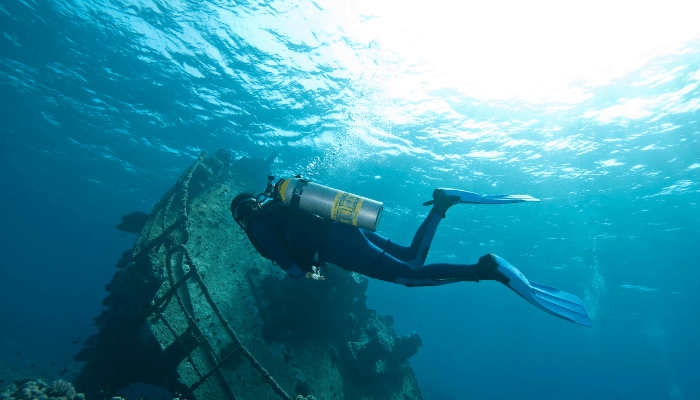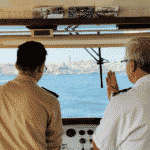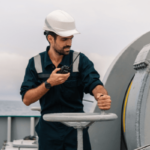What is Marine Archaeology?
Archaeology is that branch of study which deals with excavation of important things and items that have happened centuries ago. Marine archaeology, as the name suggests, deals with excavation of things in the deepest parts of the oceans and seas.
Marine archaeology is a very vast subject as it involves dealing with the wider aspects of the oceans and seas. Also since preservation of the things that lie deep in the ocean bed is also equally important, it becomes relevant to note that the responsibility of a marine archaeologist becomes even tougher.
An archaeology program like marine archaeology is not simple by any means. Over the years there have been several restoration and excavation works done by marine archaeologists that have helped the world to see various amazing exhibitions that were once buried under the oceans and seas.
In addition to excavating ships and other things from the ocean bed, marine archaeology also offers as an archaeology program, the excavation of human debris and civilisations that have been deluged underwater for many scores of years.
Such a wide variety of options in an archaeology program is the main reason why marine archaeology is a unique subject. Similar to the land-based archaeology program, marine archaeology also involves going to different exotic locations to dig up amazing structures and creations. The only difference between the two being that marine archaeology will involve underwater exotic locations which will give the archaeologist a satisfaction of a completely different order.
But while an archaeology program offers so much incentive, it also needs to be understood that there are various and many challenges to the profession. When it comes to marine archaeology, it has to be understood that there are several factors that could prevent a marine archaeologist from carrying out his archaeology program under the water.
Natural occurrences like underwater earthquakes or in certain cases, marine creatures like sharks could prove to be damaging to the process of marine archaeology. Therefore a marine archaeologist has to be very careful while trying to excavate a precious material submerged underwater. Because if a marine archaeologist is not careful, then it could lead to a loss that would be a loss not just to the present generation but also to the future generation as well.
Ships that have been submerged underwater for decades and centuries require expert handling that only a marine archaeologist can provide. Because most of such naval vessels have been constructed with wood, it is important that a marine archaeologist takes undue care and protection to excavate and restore the naval vessel without causing any further damage to it.
Ships like the Titanic, Mary Rose and Vasa – a war vessel from Sweden are some of the very important relics that have been restored from the depths of the ocean to be placed for the viewing of our eyes in modern times. These important discoveries are example as to how relevant an archaeology program like marine archaeology is in today’s times.
Each and every scope of the ocean bed is covered by marine archaeology when it comes to excavation and finding out about important data and details. This being the case and usage of marine transportation being one of the oldest forms of transport for passengers as well as for cargo, it becomes relevant to understand the relevance of marine archaeology. As an archaeology program, marine archaeology is not just interesting and alluring but is also a profession of utmost significance and relevance.
Do you have info to share with us ? Suggest a correction
Latest Marine career Articles You Would Like:
- A Guide To IMU CET Exam 2024
- A Guide to Merchant Navy Ranks
- What is Marine Engineering: Courses, Job Description & Salary
- Duties of 3rd Officer in Merchant Navy
- What is the Difference between Merchant Navy and Defence Navy?
- Naval Architecture vs Naval Engineering vs Marine Engineering vs Ocean Engineering
Subscribe To Our Newsletters
By subscribing, you agree to our Privacy Policy and may receive occasional deal communications; you can unsubscribe anytime.
Web Stories

About Author
An ardent sailor and a techie, Anish Wankhede has voyaged on a number of ships as a marine engineer officer. He loves multitasking, networking, and troubleshooting. He is the one behind the unique creativity and aesthetics at Marine Insight.






















dear sir i am air ndt diver looking for jobs.